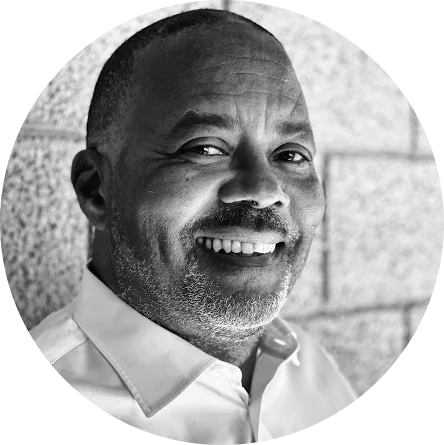Facts matter – even in published opinions – which is why I feel compelled to respond to the Op-Ed published by Marcus Green in the South Seattle Emerald and Seattle Times where he raised some misinformed concerns about gunshot detection technology and its proposed trial implementation in Seattle.
At the outset, Mr. Green and I do agree on one thing: gunshot detection technology cannot singularly prevent gun violence. No single technology, tool or modality can prevent gun violence alone – not license plate readers, 9-1-1, or anything else. Gun violence is an enormously complex and long-tenured problem and to redact it to singular solutions is disingenuous at best.
What gunshot detection technology can and is proven to do: remedy the chronic underreporting of criminal gunfire. An important fact that most people do not know is that 80-90% of gunfire goes unreported via the traditional 9-1-1 system. This sad fact has been independently researched and documented by the Brookings Institution, among many others, and is the collective experience of over 160 cities, where ShotSpotter is deployed and working. ShotSpotter fills that critical gap to provide real-time and precise digital alerts to virtually all gunfire in its coverage area.
Through the simple but powerful awareness of knowing almost immediately when and where gunfire occurs – allows for at least 3 important public safety benefits:
1. Saving lives
Gunshot detection’s highest value is providing a faster response to shooting incidents where there are gunshot wound victims. The value of this cannot be understated in emergency situations. As experienced trauma surgeons say, “Time is Tissue” and getting first responders to gunshot wound victims to apply tourniquets and other necessary aid to stop the bleeding literally saves lives. Seattle PD is well-positioned beyond most other police departments in this regard, as they have over 70 trained police who are equipped with trauma kits.
When determining value, the real question is: can a tool, which measurably improves response times and access to critical aid make an impact for the very real victims of gunshot wounds?
The answer is clearly, yes.
2. Increasing collection of ballistic evidence and improving investigations.
Research shows that ShotSpotter increases evidence collection by officers responding to shooting incidents vs solely relying on 911. For example, according to the Urban Institute, police departments using ShotSpotter have a rate of finding shell casings that is up to three times higher due to the precise location provided by ShotSpotter alerts. These shell casings processed through NIBIN can connect shooting incidents to the gun and ultimately the shooter.
Further, as Mayor Harrell has consistently pointed out, one of the immense benefits of gunshot detection is improving both the efficiency and efficacy around investigations, ultimately accelerating and bringing justice to our most vulnerable neighborhoods.
3. Data and response inform intervention strategies and build community trust
And lastly, the accumulation of gunfire incident data over time can help law enforcement better understand and strategize against gun violence patterns, leading to more effective policing strategies and increased community engagement.
When communities see police and first responders show up – and not ignore – gunfire incidents, it builds trust that safety in their neighborhoods matter. When the implementation and best practices are leveraged correctly, ShotSpotter has demonstrated its value as a part of a comprehensive approach to addressing gun violence for communities.
I’ll close with a community viewpoint from Reverend Harriett Walden, an advocate who has worked tirelessly as the co-founder of Mothers Against Police Harassment:
Reverend Harriet Walden
“The people that are being affected by gunfire are the voices that need to be heard. Gunfire is prevalent and we need to make sure police know when it happens and can send help immediately. We deserve to pilot this program to see if it works or not for us here in Seattle. What do we have to lose besides our children?”
Well said, Reverend Walden, and on this we also agree.


